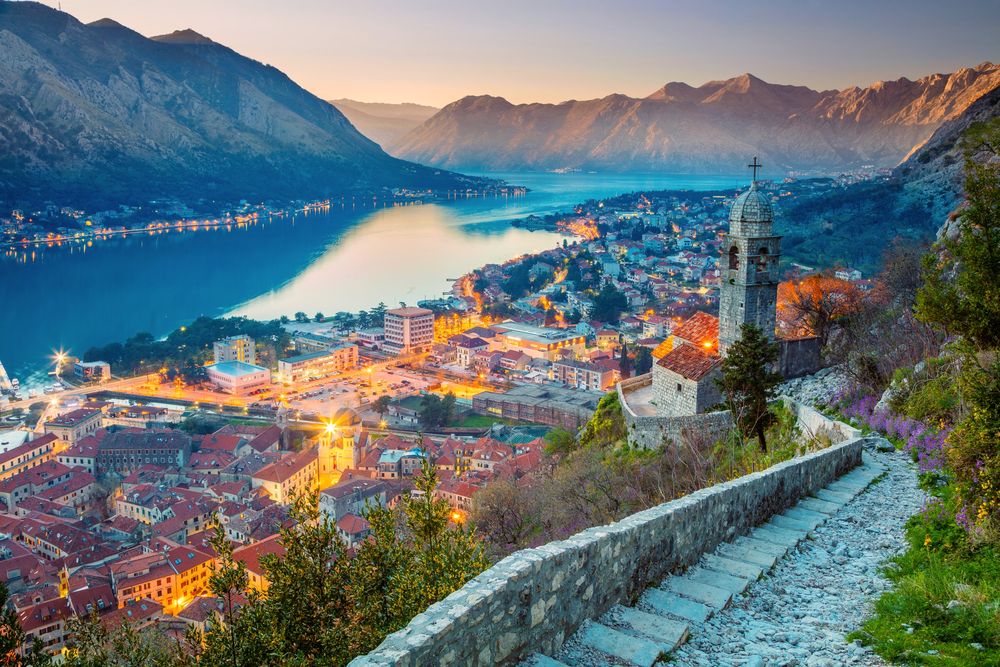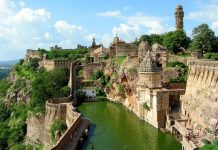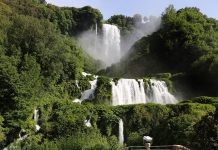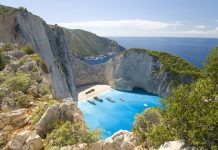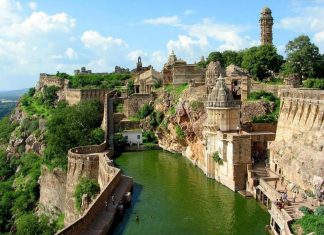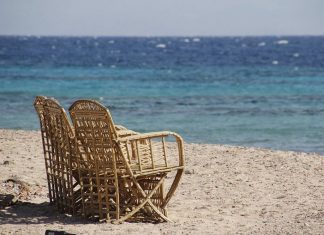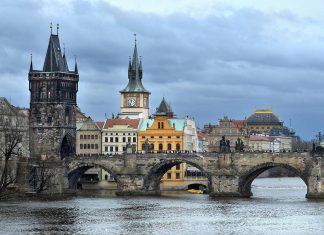The rich history of this city is filled with interesting events and great shocks.
The first Illyrian tribes appeared in this place in the third century BC. Many historians believe that Kotor was founded by the Romans. Although only one fact is known for certain. At the beginning of our era, the town was subordinated to the Roman Empire, and this continued until its collapse in 476, after which Kotor is under the rule of the Great Byzantine Empire.
In the middle of the sixth century, the Byzantine Emperor Justinian I began to build stone fortifications. The construction continued not even for years, but for centuries, and today these fortifications are the face of the Old City.
In 1185 Kotor surrendered without a fight to the Medieval Serbian state – Raska. At this time, the royal Nemanich dynasty led by Stefan Nemanja began to rule the city, and a rapid economic and cultural upsurge began, putting the city on a par with other major centers.
Subsequently, Kotor reached a high cultural and economic level and voluntarily came under the control and protection of the Republic of Venice. At this time, the most famous works of art and architectural monuments of the Old City were created.
Today Kotor is a historical value and, without a doubt, the pride of Montenegro, the city is included in the UNESCO list of cultural heritage sites.
At an altitude of almost three hundred meters is the hill of St. Ivan, the top of which is decorated with a truly unique fortress, the walls of which are clearly visible at the entrance to the city. From a distance, this amazing sight looks like the Great Wall of China. Someone will think that he found himself on the pages of the classic fantasy world, straight from the pages of the famous trilogy “The Lord of the Rings” by Professor Tolkien. It seems that now there will be huge trolls and thousands of orcs storming powerful walls. But the citadel, the top of which is hidden in the clouds, is inaccessible to evil spirits – it is impossible to take such a force by storm.
From the upper fortress, a fabulously beautiful view of the Bay of Boko Kotor and the city itself opens. To climb up, you need to spend a lot of time and effort, but despite the fatigue, at the first glance down it becomes clear that it is worth getting there for every lover of the unusual.
Kotor will not interest fans of summer beach holidays, there are simply no beaches in its vicinity. But on the other hand, the huge cultural heritage, the indescribable charm of the city and the unforgettable beauty of the Boko Kotor Fjord, as well as the fascinating history of these places annually attract thousands and thousands of tourists.

